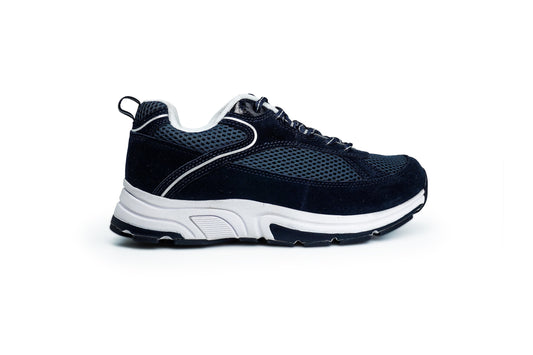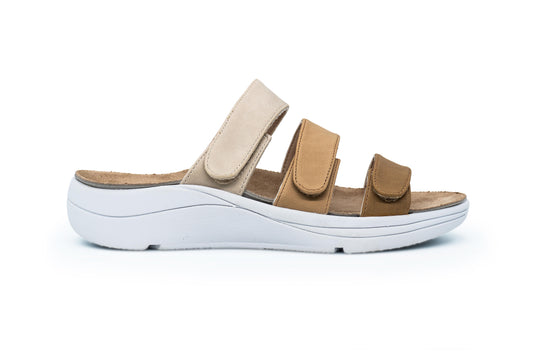Essential Features to Consider When Choosing Diabetic Shoes
Choosing the right pair of orthopedic shoes is crucial for individuals living with diabetes to prevent foot complications and maintain comfort. Here are the essential features to consider when selecting diabetic shoes to support your active lifestyle and manage your condition effectively.
Structure and Flexibility: Opt for shoes with a sturdy structure to provide adequate support and stability for your feet. Look for flexibility in the materials to accommodate minor movements while maintaining structural integrity. Breathable materials ensure comfort and prevent overheating, enhancing the overall wearability of the shoes.
Closed Toes: Closed-toe shoes offer superior protection for diabetic individuals by minimizing the risk of toe injuries. They shield your toes from accidental impacts and environmental hazards, reducing the likelihood of developing ulcers or other foot issues. Choose closed-toe designs for optimal foot safety and protection.
Soft, Cushioned Interiors: Prioritize shoes with soft and cushioned interiors to maximize comfort throughout the day. Thick, conforming soles and cushioned sides provide additional support and reduce pressure on sensitive areas of the feet. Test various options to find the level of cushioning that suits your comfort preferences and support needs.
Adjustable Closures: Look for shoes with adjustable closures, such as laces or straps, to ensure a customizable fit. Easily adjustable closures allow you to fine-tune the tightness of the shoes according to your comfort and support requirements. Avoid overly tight shoes that may restrict circulation and cause discomfort during wear.
Seamless Design: Choose shoes with a seamless design to minimize friction and irritation against your skin. Seams can rub against sensitive areas of the feet, leading to discomfort and potential skin irritation. Opting for seamless construction helps prevent friction-related issues, promoting greater comfort and reducing the risk of developing sores or blisters.








